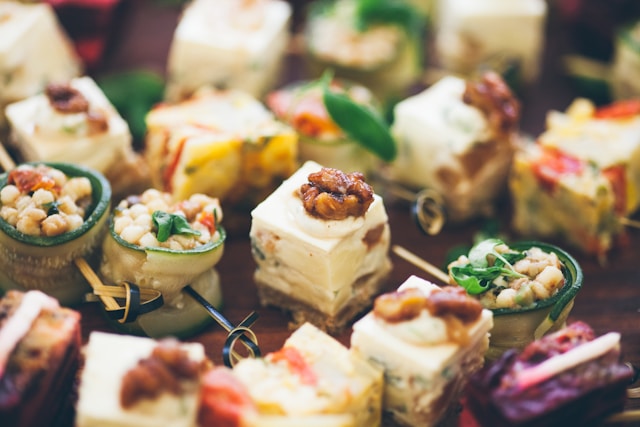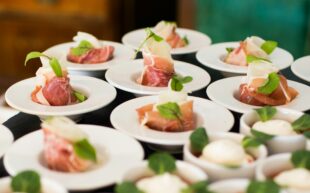New Zealand’s culinary scene is a melting pot of flavors, reflecting the diverse cultural influences that have shaped the country’s gastronomy over centuries. Among the myriad of culinary traditions, Māori cuisine stands out as a unique and captivating exploration of indigenous flavors deeply rooted in tradition and connection to the land.
At the heart of Māori cuisine lies the concept of kai, which encompasses food as not only sustenance but also a source of nourishment for the body, mind, and spirit. This holistic approach to food underscores the importance of sustainability, respect for nature, and a deep reverence for the gifts of the land and sea.
One of the most iconic and traditional methods of cooking in Māori culture is the hāngi, an earth oven cooking technique that dates back centuries. The hāngi involves digging a pit in the ground, heating stones over a wood fire until they reach scorching temperatures, and then placing baskets of food, such as meats, root vegetables, and kumara (sweet potatoes), on top of the hot stones. The food is then covered with wet cloths, sacks, and earth to trap the steam, resulting in tender, flavorful dishes infused with the earthy aroma of the hāngi pit.

Seafood, or kai moana, holds a special significance in Māori cuisine, reflecting the strong connection of the Māori people to the ocean. From succulent green-lipped mussels to delicate paua (abalone) and firm-textured hapuka (groper), New Zealand’s coastal waters abound with an array of seafood that has sustained Māori communities for generations. Traditional methods of gathering and preparing seafood, such as kite fishing and smoking, continue to be practiced, preserving both the flavors and cultural heritage associated with these ingredients.
Central to Māori cuisine are the unique ingredients sourced from the native flora of New Zealand. Plants such as kawakawa, horopito, and pikopiko are prized for their distinct flavors and medicinal properties. Kawakawa, for example, adds a peppery note to dishes and is valued for its digestive and anti-inflammatory properties, while horopito imparts a spicy flavor and is often used as a seasoning for meats and seafood.
While traditional Māori cuisine remains deeply rooted in heritage and tradition, modern interpretations are emerging as chefs across New Zealand embrace the challenge of reimagining indigenous flavors in contemporary culinary contexts. From fine dining establishments to casual eateries, Māori-inspired dishes are gaining popularity, offering a tantalizing fusion of traditional ingredients and innovative cooking techniques.
In conclusion, exploring Māori cuisine is not merely a culinary journey, but a cultural immersion into the rich tapestry of New Zealand’s indigenous heritage. Through its flavors, stories, and traditions, Māori cuisine invites us to embark on a sensory exploration of Aotearoa, the Land of the Long White Cloud.

